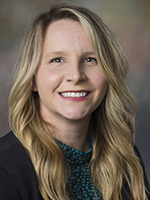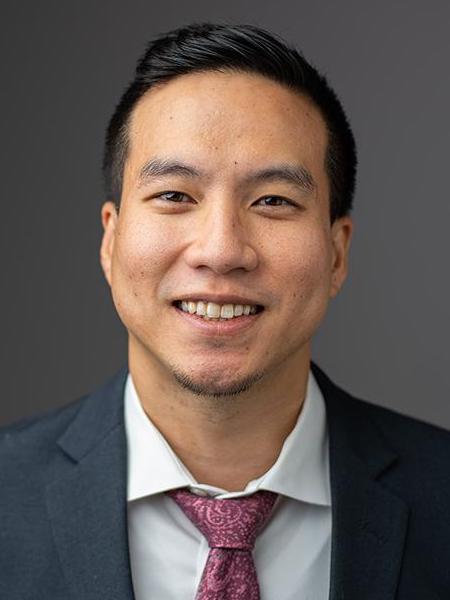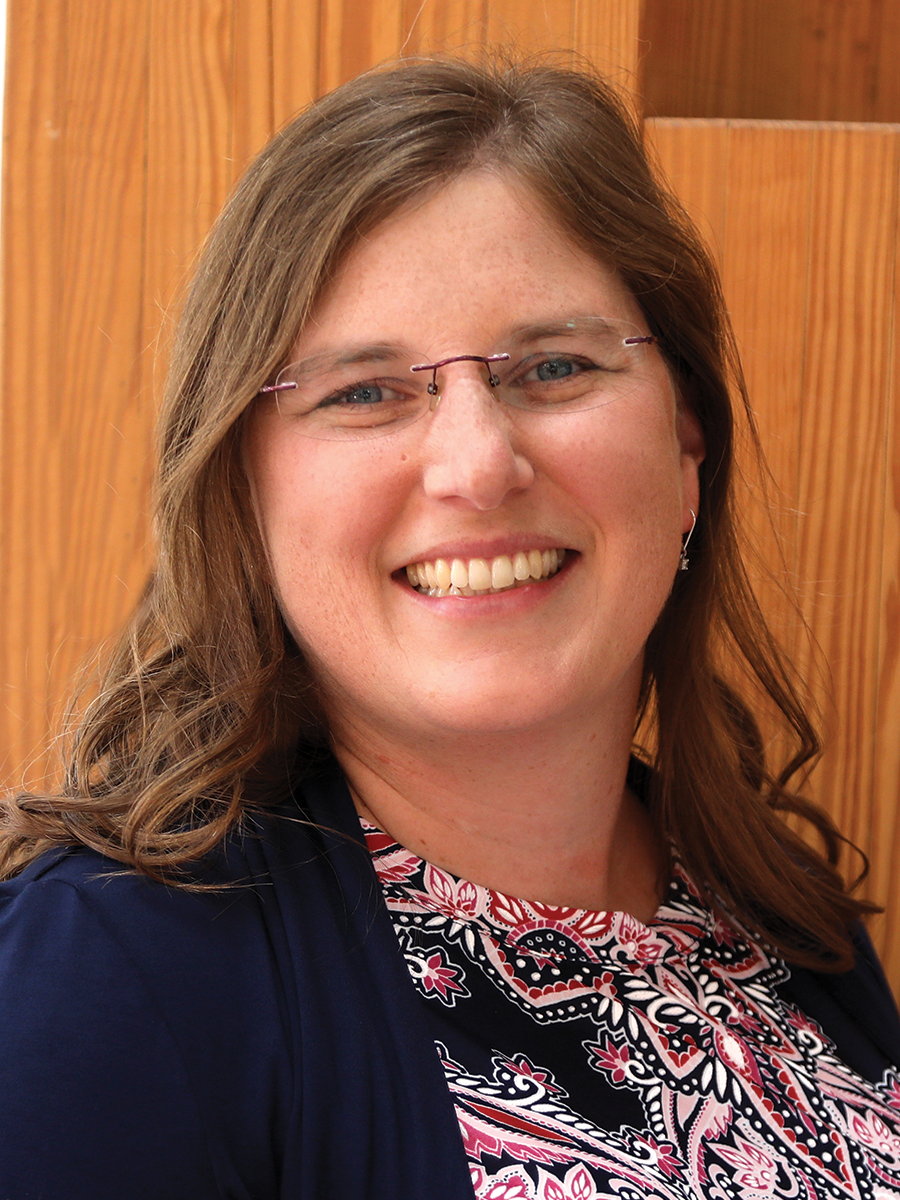Translational Science
Translation is the process of ‘turning science into health.’
1 Translational science is systematically addressing a major barrier(s) that prohibits translating research from one stage to the next. The goal is to address common causes of inefficiency and failure in research (i.e. translational barriers) to elevate the efficiency and effectiveness of getting more treatments to more people. Examples of translational barriers include incorrect predictions of drug toxicity and efficacy, lack of data interoperability, regulatory processes and ineffective patient recruitment
2-8. Translational barriers are not confined to a specific disease.
Translational Science in Pilot Projects
Pilot grants allow the generation of preliminary data in targeted, high-priority/mission-aligned areas of research that are likely to lead to a subsequent extramurally-sponsored research projects. Through the conduct of pilot projects, investigators also have the important opportunity to identify and test strategies to overcome barriers in the conduct of that research, so these issues can be minimized or eliminated in the subsequent work. CCTS pilot projects provide a treasure trove of local examples of translational science in action – examples are below.
 Translational Barrier: Access to patient information at the point of care.
Translational Barrier: Access to patient information at the point of care.
Health care providers depend on patient information at the point of care to guide treatment plans. Increasingly, providers can utilize genetic information to guide care plans. However, access to relevant genetic information and reports at the point of care presents a barrier.
Dr. Courtney Watts Alexander, PharmD, BCPS, BCOP, Assistant Professor in Auburn University’s Harrison College of Pharmacy plans to traverse this barrier at the Tuscaloosa VA Medical Center. She seeks to integrate pharmacogenomic screening results into patients’ health records to guide health care providers in choosing a drug treatment plan, helping the right patients receive the right drug therapies at the right time.
 Translational Barrier: Fidelity of remote data collection.
Translational Barrier: Fidelity of remote data collection.
Remotely delivered health interventions represent a relatively new era of clinical research. However, remotely measuring health benefits represents a barrier to larger utilization and participation, particularly for individuals with disabilities and transportation issues.
Dr. Byron Lai, PhD, Assistant Professor in UAB’s Department of Pediatrics and Lakeshore Foundation, is addressing this gap by validating a method to remotely measure health outcomes, which is expected to increase the enrollment and retention of healthy and disabled participants in remotely delivered exercise studies as it will minimize or remove the need for participants to report to a clinical laboratory for measurements.
 Translational Barrier: Patient Recruitment
Translational Barrier: Patient Recruitment
Participant and patient recruitment to clinical studies and clinical programs, respectively, are key to health equity. The demographics of patients engaging the Information is Power (IiP) initiative, an inherited risk cancer screening program, did not reflect the area served. To address this gap,
Dr. Sara Cooper, PhD, Faculty Investigator at HudsonAlpha Institute for Biotechnology, engaged a new patient recruitment method designed to increase participation by individuals underrepresented in the program and identify drivers towards their participation to inform future programmatic outreach.
With modest pilot funds, investigators can systematically address barriers in their research plans, thereby developing more predictive and successful health interventions. Is there a barrier inhibiting your research from moving one stage to the next?
- Divining the Venn Diagram of Translational Research versus Translational Science
- Opportunities and challenges in translational science
- Situating dissemination and implementation sciences within an across the translational research spectrum
- Valley of Death
- Surviving in the Valley of Death: Opportunities and Challenges in Translating Academic Drug Discoveries
- A humanized nanobody phage display library yields potent binders of SARS CoV-2 spike
- Nationwide IRB Reliance Agreement Aimed at Speeding Research Reaches 1,000 Signatories
- CCTS Pilot Toolbox
 Translational Barrier: Access to patient information at the point of care.
Translational Barrier: Access to patient information at the point of care. Translational Barrier: Fidelity of remote data collection.
Translational Barrier: Fidelity of remote data collection. Translational Barrier: Patient Recruitment
Translational Barrier: Patient Recruitment